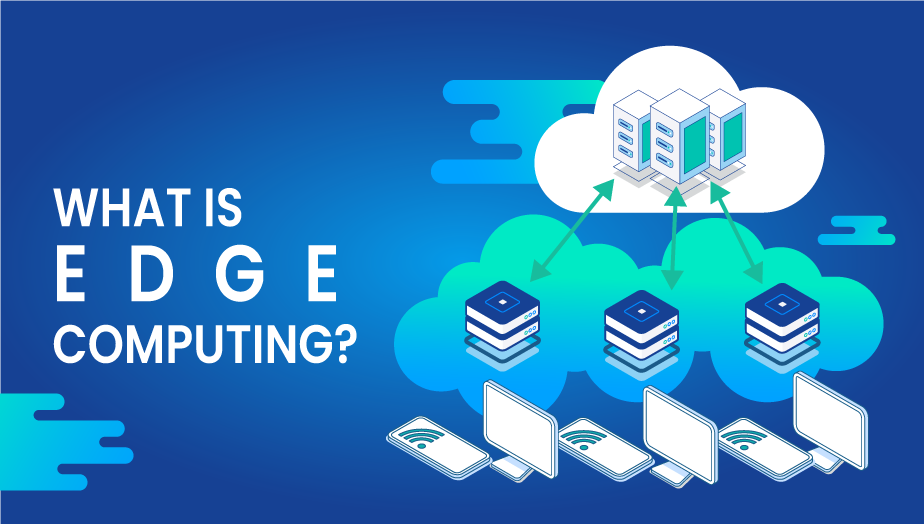As the world becomes increasingly interconnected, data processing and management have become more critical than ever. In recent years, edge computing has emerged as a promising solution for automatic data processing and management. In this article, we will explore what edge computing is, its benefits, and its potential applications.
Table of Contents
What is Edge Computing?
Edge computing is a distributed computing paradigm that brings computation and data storage closer to the location where it is needed to improve response times and reduce data transfer costs. It involves placing computing resources such as servers, storage devices, and networking equipment at the edge of the network, close to the devices and sensors generating the data. This approach enables real-time processing and analysis of data at or near the source, which can significantly reduce latency and bandwidth consumption.

Benefits of Edge Computing
Edge computing offers several benefits over traditional cloud computing, including:
- Reduced Latency: By processing data closer to the source, it can reduce the time it takes for data to travel to and from a central data center. This reduced latency is especially critical for applications that require real-time processing, such as autonomous vehicles or medical devices.
- Lower Bandwidth Consumption: Edge computing can significantly reduce the amount of data that needs to be transferred over the network by processing data locally. This can save costs and improve network efficiency.
- Improved Security: It can enhance security by processing sensitive data locally, reducing the risk of data breaches and cyberattacks. Additionally, edge devices can be configured to handle security and privacy concerns at the device level.
- Scalability: Edge computing can easily scale up or down to meet changing demands. This scalability can help organizations save money and avoid the need to purchase and maintain expensive infrastructure.
Applications of Edge Computing
Edge computing has several potential applications across various industries. Some of these applications include:
- Internet of Things (IoT): It is an essential component of IoT systems, as it allows for the processing and analysis of data generated by IoT devices. This can enable real-time monitoring and control of IoT systems.
- Autonomous Vehicles: Autonomous vehicles require real-time processing of large amounts of data to make split-second decisions. It can significantly reduce the latency of data processing, making it an ideal solution for autonomous vehicle systems.
- Healthcare: It can enhance healthcare by enabling real-time monitoring of patients and providing clinicians with insights into patient data. This can improve patient outcomes and reduce costs.
- Retail: It can improve the customer experience in retail by enabling real-time tracking of inventory, providing personalized recommendations, and improving supply chain management.
- Smart Cities: It can enhance the functionality of smart cities by enabling real-time monitoring and analysis of data related to traffic, energy consumption, and public safety.

Edge Infrastructure and Services
Edge infrastructure refers to the hardware and software components that enable edge computing. This infrastructure includes edge devices such as sensors, gateways, and servers, as well as the networking equipment that connects them.
Edge services refer to the software and tools that enable the processing and analysis of data at the edge. These services can include edge analytics, which enable real-time analysis of data at the edge, as well as edge storage, which enables the storage of data at the edge for later analysis.
Cybersecurity Considerations
Edge computing presents unique cybersecurity challenges that must be addressed. Edge devices are often located in remote and unsecured locations, making them vulnerable to cyberattacks. Additionally, the distributed nature of computing can make it difficult to ensure that all devices and components are properly secured.
Conclusion
In conclusion, edge computing represents a promising solution for data processing and management in our increasingly connected world. By bringing computation and data storage closer to the source, it can reduce latency, lower bandwidth consumption, enhance security, and improve scalability.
With its potential applications in industries such as IoT, healthcare, retail, and smart cities, it is poised to transform the way we process and manage data. However, it is important to consider the unique cybersecurity challenges presented by it’s and implement robust measures to address them. As technology continues to evolve, edge computing will undoubtedly play an increasingly critical role in data processing and management.





